
Table of Contents
Shipping is essential for any eCommerce business. Mastering WooCommerce shipping options can help you streamline operations, reduce costs, and improve customer satisfaction. Efficient shipping not only enhances the customer experience but also boosts your store’s credibility and trustworthiness. In this guide, we will provide a comprehensive overview of different shipping methods, best practices, and integration strategies to optimize your WooCommerce shipping setup. Whether you’re a seasoned eCommerce veteran or a new store owner, understanding these shipping strategies will give you a competitive edge.
Understanding WooCommerce Shipping
WooCommerce offers a robust set of shipping features designed to meet the diverse needs of eCommerce businesses. These features allow you to manage shipping for domestic and international orders, set specific shipping rates, and offer various shipping options. Understanding these features is the first step in optimizing your shipping processes and ensuring your customers receive their orders efficiently.
WooCommerce Shipping Setup
Creating Shipping Zones
Shipping zones allow you to define specific areas where you ship products. Each zone can have its own shipping methods and rates, enabling you to tailor your shipping strategy to different regions.
Steps to Create Shipping Zones
- Navigate to Shipping Settings: Go to WooCommerce > Settings > Shipping.
- Click on “Add shipping zone”. Provide the shipping zone name, and mention the regions.
- Add Shipping Methods: Assign shipping methods to the zone, such as flat rate, free shipping, or local pickup.
Setting Up Shipping Classes
Shipping classes help you group products with similar shipping requirements. This is useful for applying different shipping rates based on product type, weight, or size.
Steps to Set Up Shipping Classes:
- Go to Shipping Classes: Navigate to WooCommerce > Settings > Shipping > Shipping Classes.
- Choose “Add shipping class” button. Provide the class name and description.
- Assign Products to Shipping Classes: Go to Products > Edit and assign the product to the appropriate shipping class.
Configuring Shipping Options
Configuring shipping options involves setting up methods and rates that suit your business model. WooCommerce allows for a range of shipping options that can be customized to fit your needs.
Key Options to Configure:
- Flat Rate: Charge a fixed rate for shipping, which can simplify the checkout process for customers.
- Free Shipping: Offer free shipping based on certain conditions like minimum order value, which can incentivize larger purchases.
- Local Pickup: Allow customers to pick up their orders from a specified location, reducing shipping costs and increasing convenience.
- Calculated Shipping: Use real-time rates from shipping carriers to provide accurate shipping costs based on the customer’s location and order details.
Best Practices for Shipping Settings
Implementing best practices for shipping settings can ensure efficiency and cost-effectiveness. Regularly review and update your settings to adapt to changes in shipping costs, business operations, and customer expectations.
Tips:
- Regularly audit your shipping settings to ensure they reflect your current business operations.
- Communicate clearly with customers about shipping options and policies to avoid confusion and dissatisfaction.
- Use automation tools to streamline shipping processes and reduce manual workload.
WooCommerce Shipping Methods Explained
Flat Rate Shipping
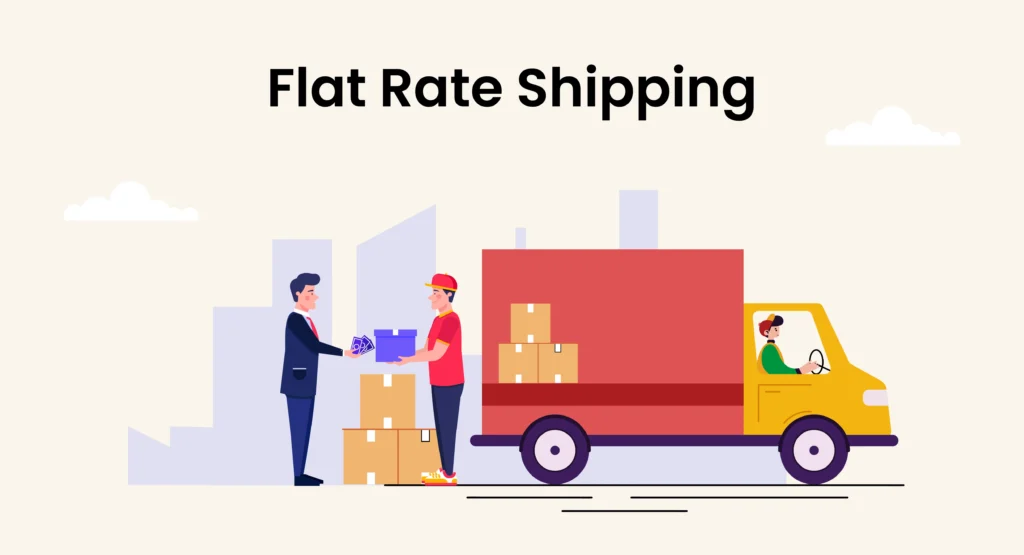
Providing free shipping can be a powerful marketing tactic to draw in customers. This method is simple to set up and provides consistent shipping costs.
Pros:
- Easy to configure and manage.
- Predictable shipping costs for customers.
Cons:
- May not accurately reflect actual shipping costs, potentially leading to overcharging or undercharging.
Free Shipping
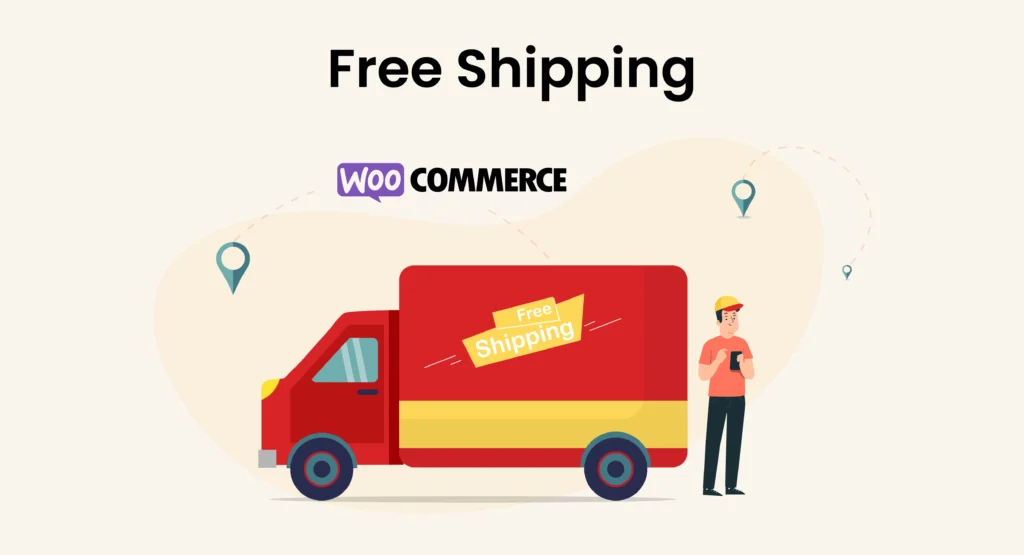
Offering free shipping is a great way to attract more customers to your store. It can make shopping with you more appealing compared to competitors. It can be offered based on conditions like minimum order amount, which can increase the average order value.
Pros:
- Increases sales and customer satisfaction.
- Simple and attractive to customers.
Cons:
- Can decrease profit margins if not handled effectively.
Local Pickup
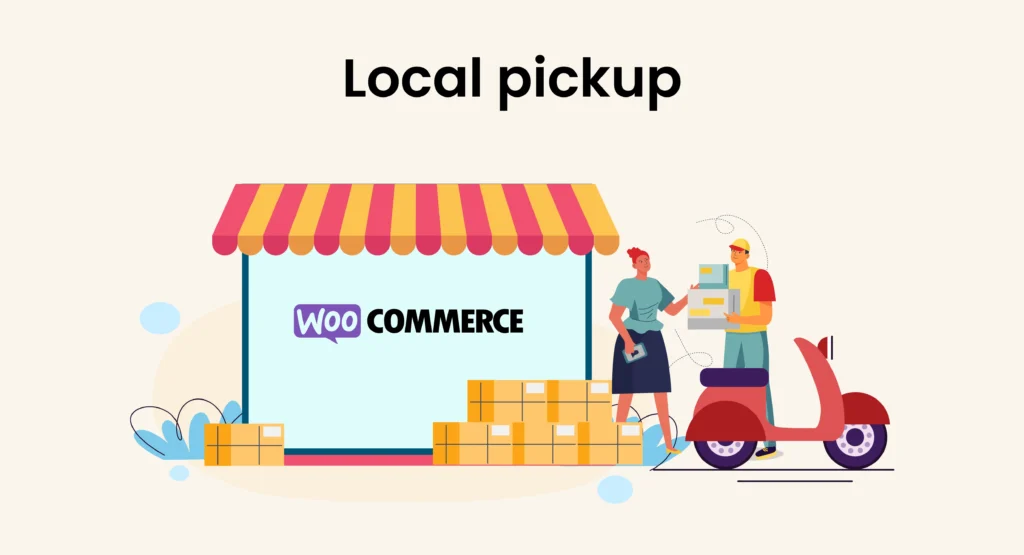
Local pickup allows customers to collect their orders from a designated location. This is ideal for businesses with a physical storefront.
Pros:
- Eliminates shipping costs, which can be significant savings.
- Ideal for local customers who prefer to collect their orders in person.
Cons:
- Limited to customers within the vicinity of the pickup location, which may not be feasible for all businesses.
Calculated Shipping
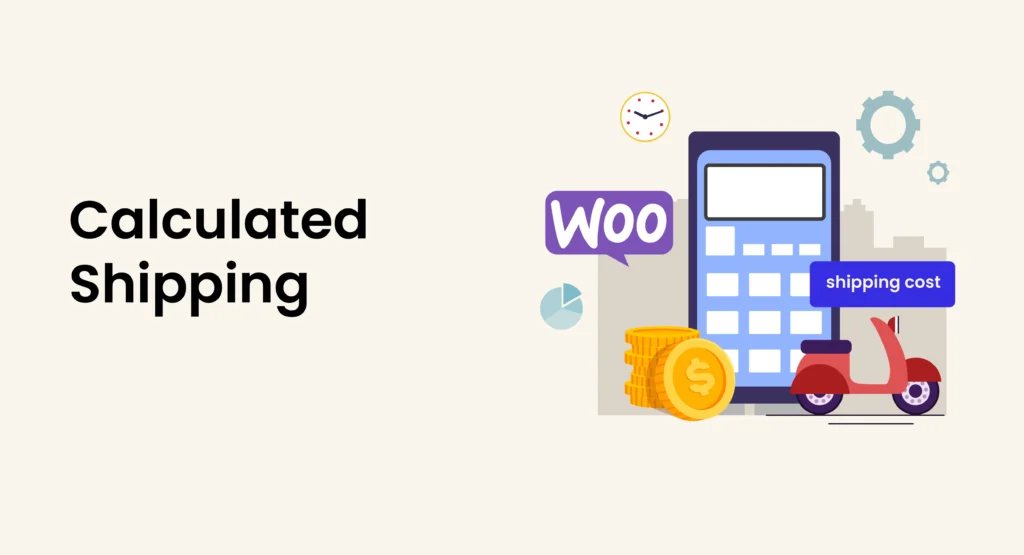
Calculated shipping utilizes real-time rates provided by shipping carriers, tailored to the customer’s location and order specifics. This method ensures accurate shipping costs.
Pros:
- Provides accurate and up-to-date shipping rates.
- Automatically update based on carrier rates, reducing manual adjustments.
Cons:
- Requires integration with shipping carriers, which can be complex to set up initially.
International Shipping

Expanding your shipping options to international markets can significantly increase your customer base. This requires knowledge of international shipping rules, tariffs, and customs procedures.
Pros:
- Access to global customers, expanding market reach.
- Potential for increased sales and brand exposure.
Cons:
- Higher shipping costs and longer delivery times.
- Complexity in handling customs and duties, requiring careful management.
Table Rate Shipping

Table rate shipping allows for flexible shipping rules based on weight, quantity, or price. This method provides a tailored approach to shipping costs.
Pros:
- Highly flexible and customizable to fit various shipping scenarios.
- Can match shipping costs more closely to actual expenses, providing better cost control.
Cons:
- More complex to set up and manage compared to simpler shipping methods.
Dimensional Shipping

Dimensional shipping calculates shipping costs based on the dimensions and weight of the package. This method is useful for products that are large but lightweight.
Pros:
- Accurate shipping costs for bulky items, preventing overcharging.
- Ensures that shipping fees are proportional to package size and weight.
Cons:
- Requires precise measurements of packages, which can add complexity to the shipping process.
Managing Shipping Costs
Effective management of shipping costs involves strategies such as negotiating rates with carriers, using efficient packaging, and choosing the right shipping methods. Regular analysis of shipping expenses can help identify areas for cost reduction.
Strategies:
- As your shipping volume increases, consider negotiating better rates with your carriers.
- Use standardized packaging to reduce costs and improve efficiency.
- Provide a variety of shipping options to balance cost and delivery speed, accommodating the diverse preferences of your customers.
Integration with Shipping Carriers
Integrating WooCommerce with shipping carriers can streamline your shipping process and provide accurate shipping rates. Top shipping carriers offer diverse services that can seamlessly integrate with your WooCommerce store.
Popular Shipping Carrier Integrations

- UPS: Provides real-time shipping rates, tracking information, and various delivery options.
- FedEx: Offers multiple shipping options, detailed tracking, and reliable delivery services.
- USPS: Ideal for domestic and international shipping within the United States, offering cost-effective solutions.
- DHL: Suitable for international shipping with robust tracking capabilities and reliable service.
Handling Returns and Exchanges
Establishing a straightforward and efficient returns policy is essential for keeping customers happy. WooCommerce allows you to manage returns and exchanges seamlessly, helping maintain customer trust.
Best Practices:
- Make sure to clearly explain your returns policy on your website to manage customer expectations effectively.
- Streamline your operations and lighten the manual workload by automating the returns process whenever possible.
- Offer easy and free returns to enhance customer satisfaction and encourage repeat business.
WooCommerce Shipping Plugins
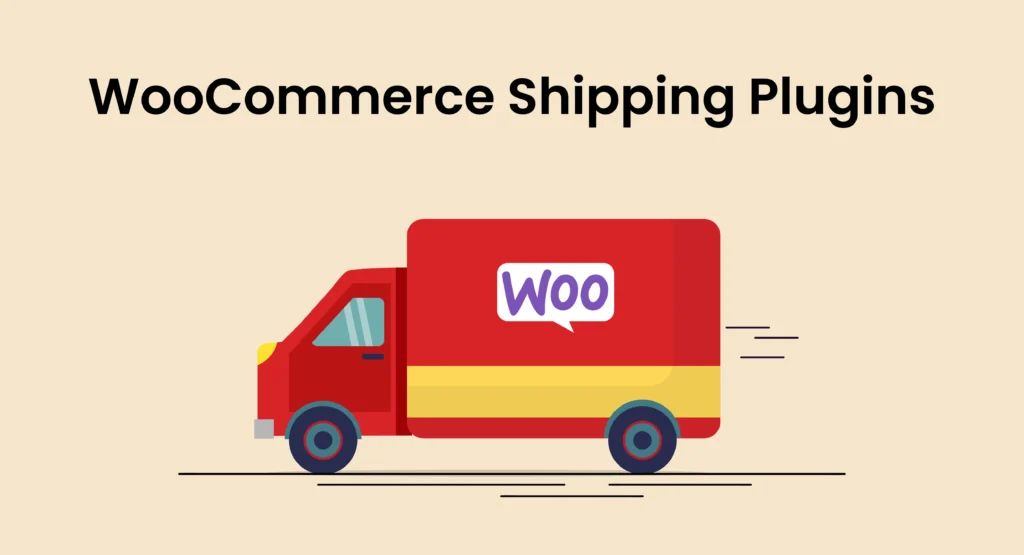
Enhance your WooCommerce shipping capabilities with plugins that add advanced features and flexibility. These plugins can simplify complex shipping scenarios and improve overall efficiency.
Advanced Features with Shipping Plugins
- Table Rate Shipping for WooCommerce by WooCommerce: This plugin allows you to create complex shipping rules based on weight, quantity, and price. It offers flexibility in defining shipping costs and helps to manage them effectively.
- WooCommerce Advanced Shipping: Customize your shipping rates using various conditions such as location, weight, and total cart value. It offers a wide range of customization options for shipping fees.
- WooCommerce Shipping Calculator on Product Page: This plugin enables customers to view shipping costs right on the product page, offering greater transparency and improving their shopping experience.
- WooCommerce UPS Shipping Plugin with Print Label: This plugin integrates UPS shipping services with WooCommerce, providing real-time shipping rates and the ability to print labels directly from your WooCommerce dashboard.
- WooCommerce FedEx Shipping Plugin with Print Label: Similar to the UPS plugin, this integrates FedEx services with WooCommerce, offering real-time rates and label printing.
- WooCommerce Table Rate Shipping Pro: This Plugin plugin lets you create unlimited shipping rules WooCommerce store’s needs. Calculate rates based on weight, quantity, price, categories, and zones. Enjoy advanced features like CSV import/export, per-product and bundled rate shipping, and WPML compatibility for seamless global integration.
- Advanced Shipment Tracking for WooCommerce: Enhance customer satisfaction by providing detailed tracking information. This plugin allows you to add tracking information to orders and send notifications to customers.
- WooCommerce Shipping Multiple Addresses: Allows your customers to ship items to multiple addresses in one order, which is especially useful for businesses dealing with corporate gifts or bulk orders.
FAQs
What are WooCommerce shipping zones?
Shipping zones are specific geographic areas where you define shipping methods and rates. Each zone can have different shipping options tailored to that region.
What steps should I follow to set up shipping classes in WooCommerce?
To set up shipping classes, navigate to WooCommerce > Settings > Shipping > Shipping Classes, and add new classes. Assign products to these classes to apply specific shipping rates.
What are the benefits of using calculated shipping?
Calculated shipping offers precise rates by using real-time data from shipping carriers. This ensures customers are charged the correct amount for shipping, reducing the risk of overcharging or undercharging.
Is it possible to offer free shipping with conditions in WooCommerce?
Yes, WooCommerce allows you to offer free shipping based on conditions such as minimum order value, specific products, or coupon codes.
What are some popular WooCommerce shipping plugins?
Top WooCommerce shipping plugins include WooCommerce Advanced Shipping, Table Rate Shipping for WooCommerce, WooCommerce UPS Shipping Plugin with Print Label, and Advanced Shipment Tracking for WooCommerce.
Conclusion
Mastering WooCommerce shipping options and strategies can significantly enhance your eCommerce operations. By understanding and implementing various shipping methods, integrating with shipping carriers, and utilizing advanced shipping plugins, you can provide a seamless and efficient shipping experience for your customers. Efficient shipping is not just about moving products; it’s about creating a reliable and pleasant experience for your customers that encourages loyalty and repeat business.
